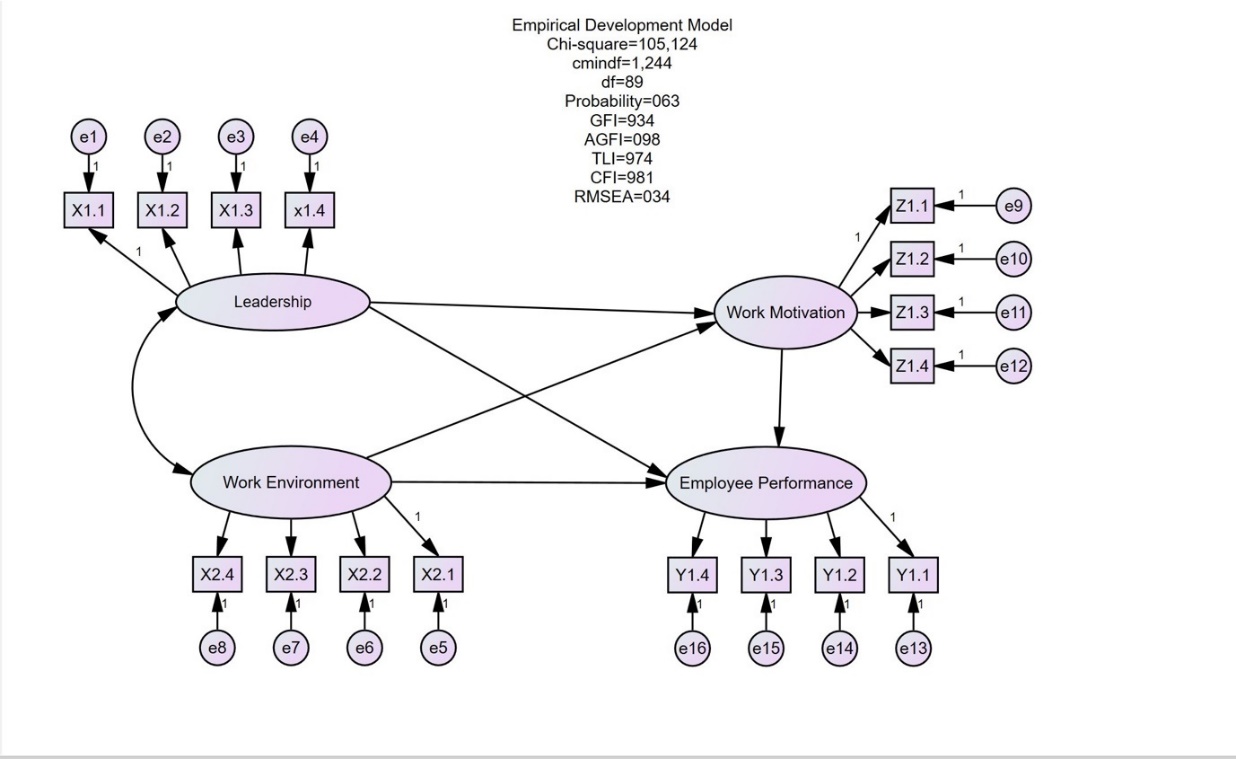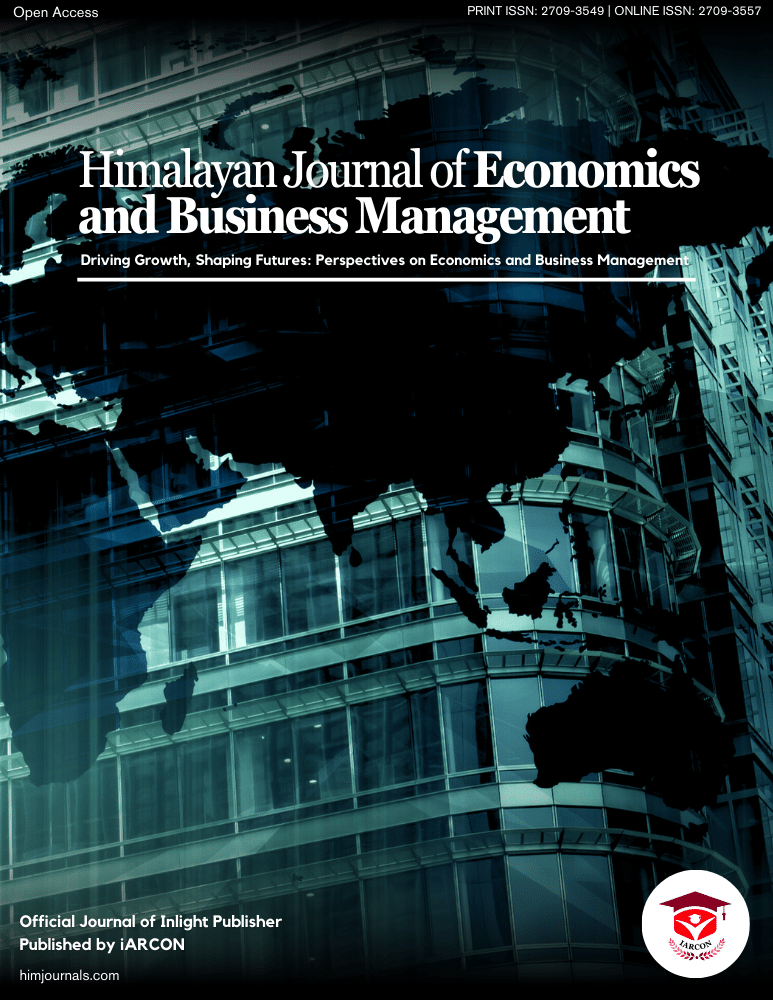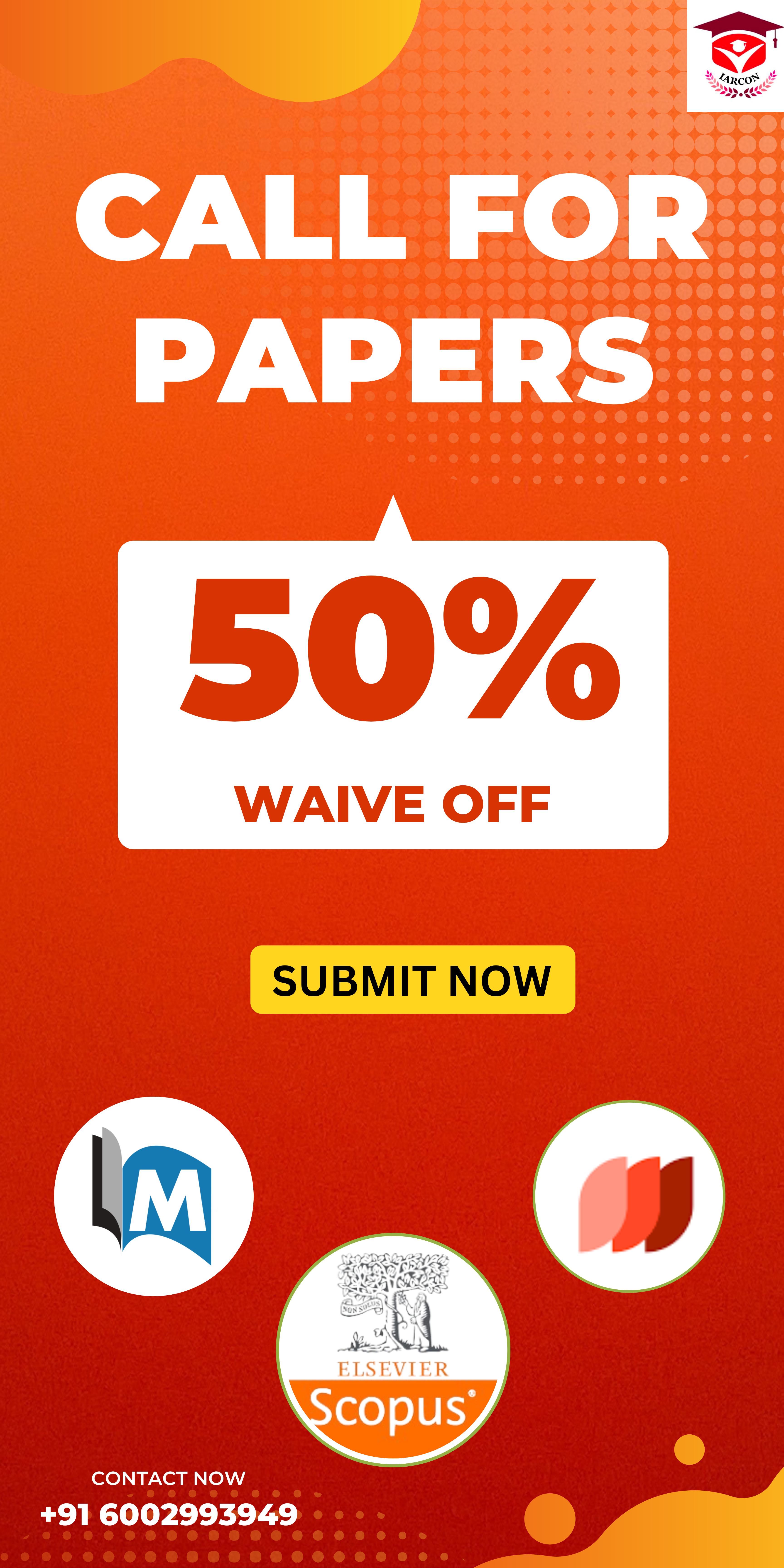Leadership
Experts and scientists define leadership as an attempt to gain a common understanding of the definition of leadership to produce an effective and efficient model Yulk [5] says that leadership is the process of supporting both individual and group efforts to accomplish shared objectives, as well as persuading others to grasp and concur with what needs to be done and how the work is done successfully. Meanwhile, another opinion states that leadership is a process of social influence in which the leader seeks voluntary participation from his subordinates in an effort to achieve organizational goals [6].
Leadership indicators according to Warren Bennis in a book entitled On Becoming a Leader include:
Integrity: Bennis emphasizes the importance of integrity as one of the key characteristics of effective leaders. Integrity includes consistency, honesty, and commitment to unwavering values.
Exemplary: According to Bennis, effective leaders must be able to set a good example. They should lead by example, so that others can be inspired to follow.
Adaptability: Leadership, according to Bennis, involves the ability to adapt to change. Effective leaders must be flexible and able to face challenges head on.
Ability to Motivate and Inspire: Effective leaders must have the ability to motivate and inspire others. This includes the ability to create enthusiasm and passion among team members.
Work Environment
The work environment in an organization is very important for management to pay attention to, even though the work environment does not directly play a role in the production process. A work environment that focuses on employee satisfaction can improve performance, whereas an inadequate environment can reduce employee performance and ultimately affect employee motivation. The definition of work environment according to Djoko Setyo Widodo [7] is the overall tooling and materials faced, the surrounding environment in which a person works, his work methods, and regarding as well as his work arrangements as an individual and as a group. Meanwhile, according to Bryan [8], the organizational work environment is everything that can affect the continuity, existence, existence, and others concerning the organization both from within and from outside.
The work environment indicators according to Sedarmayanti include:
Physical Dimensions:
Physical Conditions of the Workspace: The quality and comfort of the workspace, including aspects such as lighting, ventilation, and temperature.
Work Facilities: Availability of work facilities such as bathrooms, break rooms, and canteens.
Social Dimension:
Interpersonal Relationships: The quality of relationships between employees and supervisors, including effective communication and teamwork.
Leadership: Leadership styles and leadership qualities at the organizational and team levels.
Dimensions of Work:
Job Characteristics: The challenge and variety of the job, and the level of responsibility given to the employee.
Career Path: Opportunities for career development and mobility within the organization.
Psychological Dimension:
Recognition and Rewards: Whether employees are recognized and rewarded for their contributions.
Job Satisfaction: The level of satisfaction employees have with their jobs and work environment.
Employee Performance
Employee performance according to Tjihno Windryanto is the result of work achieved by an employee in carrying out his duties as an employee / employee. Based on this, it can be said that the issue of employee performance is also related to the issue of people's ability to develop themselves so that they are able to work towards achieving the goals desired by the organization. In order to know whether an organization has high or low performance, it is necessary to determine the size with certain indicators, as stated by Jackie[9] which states that performance is the result of the achievement of efforts that have been made which can be measured by certain indicators (individual performance and organizational performance).
Employee Performance Indicators according to Robert Baccal, among others:
Quality of Work: Assess the quality of work produced by employees, including accuracy and excellence.
Attendance and Tardiness: Assess employee attendance and punctuality as an indicator of discipline.
Cooperation and Collaboration: Assess the employee's ability to work together in a team and contribute positively to the collaboration.
Responsibility: Assessing the extent to which employees accept and carry out their responsibilities on the job.
Work Motivation
Work motivation is an important factor in improving employee performance Several experts have contributed thoughts and theories about work motivation, including Abraham Maslow in the book Hierarchy of Needs published in 1954, suggesting that human needs can be organized in the form of a hierarchy, known as Maslow's Pyramid of Needs. In the context of work motivation, Maslow argues that low-level needs must be met before individuals can seek the fulfillment of higher-level needs.The pyramid consists of levels of basic needs, safety, social, esteem, and self-actualization.
According to William Larry et all [10], work motivation is a condition that encourages individuals to carry out certain activities in order to achieve their desires. Meanwhile, Imas Masriah [11] work motivation is the provision of motion power that creates the enthusiasm of someone's work so that they want to work Together, work efficiently and effectively to achieve satisfaction. According to (Rully Defriza1 at.,all.,)[12]. Motivation is one that affects human behavior, motivation can also be referred to as a driver, a supporter that can make someone excited and motivated to reduce and fulfill their own impulses, so that they can act in certain ways that will lead to optimal direction. Motivation is very influential on employee performance. Because in general, employees will have high work productivity if the agency also supports the implementation of their duties.
Indicators of work motivation according to Abraham Maslow include:
Physiological Needs: Indicators of motivation at this level include adequate salary, safe working conditions, adequate food, and a comfortable working environment. This guarantee of physiological needs can increase employee motivation.
Security Needs:Factors such as job security, health and safety at work, and financial security can be considered as indicators of motivation at the security need level. Employees who feel secure are more likely to be motivated.
Social Needs:Indicators of motivation at the social needs level include relationships between employees, teamwork, social support, and positive interactions. Employees who have good relationships in the work environment tend to be more motivated.
Appreciation Needs:Recognition of achievements, rewards, promotions, and positive feedback are indicators of motivation at the reward need level. Employees who feel valued tend to be more motivated to perform.
Development of Research Hypotheses
Relationship between Leadership and Work Motivation
The relationship between leadership and employee motivation is very important in the context of human resource management. Leaders who understand and practice leadership principles can create a positive work environment, and improve employee performance, and contribute positively to organizational success.It is important to understand that a good leadership approach to work motivation is not one-size-fits-all. Every organization and individual has unique needs and dynamics.Therefore, effective leaders are those who can read their context and adopt appropriate approaches to increase employees' intrinsic and extrinsic motivation, this is in accordance with research which states that there is a significant positive effect of leadership on work motivation (hypothesis 1).
Relationship between Leadership and Employee Performance
The relationship between leadership and employee performance is complex and influenced by various factors such as leadership style, organizational context, and individual characteristics. Leaders who are able to understand and respond to these needs and dynamics can make a positive contribution to employee performance and overall organizational success, this is in accordance with the statement that there is a significant positive effect of leadership on employee performance (Hypothesis 2).
Relationship between Work Environment and Work Motivation
All studies emphasize the importance of a work environment that supports the needs and desires of employees, both physically and psychologically. An environment that pays attention to these factors can create better conditions for improving employee motivation and performance. Employee motivation can be greatly impacted by the workplace.This is in accordance with the statement that there is a significant effect of work environment on work motivation (hypothesis 3).
Relationship between Work Environment and Employee Performance
The relationship between work environment and employee performance is highly significant.A good working environment can improve productivity, job satisfaction and employee welfare. Overall, a good work environment involves various aspects that are physical, social and psychological. When employees feel supported, valued and have the opportunity to grow, they tend to make better contributions to achieving organizational goals. This is in line with the statement that there is a significant positive effect of the work environment on employee performance (Hypothesis 4).

Figure 1: Develop An Empirical Model
Relationship between Work Motivation and Employee Performance
Work motivation can have a significant impact on employee performance. By understanding employee needs and motivations, organizations can create more effective strategies to improve performance and achieve common goals. This is in accordance with the statement that there is a significant positive influence between work motivation on employee performance (Hypothesis 5).




